
El Museo Regional Comunitario Cuitláhuac se inauguró en 2002. Obtuvo su nombre de Cuitláhuac, un Tlatoani o gobernador mexica que murió de viruela durante la guerra con los españoles. El nombre deriva del topónimo “Tláhuac.”
La colección del museo incluye múltiples piezas de las épocas antigua y colonial. Van desde hallazgos arqueológicos hasta cerámica, armas, artículos para la vida diaria y fotografías. Juntos, conforman un registro de muchos siglos de vida en Tláhuac.
Las exhibiciones se dividen en tres secciones:
El museo administrado por la comunidad contiene unos 500 objetos catalogados. Dentro de los más destacados se encuentran cinco vasijas ceremoniales, figuras que representan a Tláloc (Dios de la lluvia), Xolonen (Diosa del maíz), Chicomecóatl y Tonacacíhuatl (Dioses femenino y masculino de la abundancia).Todos ellos de excavaciones cercanas.
Su descubrimiento dentro del área de San Pedro Tláhuac condujo a más excavaciones. La comunidad trabajó con algunos investigadores independientes y el INAH para resguardar y preservar estos aspectos invaluables de la historia y la cultura de la alcaldía. Las visitas a menudo se combinan con un viaje a otros museos de la zona, entre ellos el Museo Regional de Tláhuac y el Museo Tomás Medina Villarruel en San Juan Ixtayopan.
 jgomuseocuitlahuac@gmail.com
jgomuseocuitlahuac@gmail.com
 (55) 5842 5355, Cel. (55) 7381 8564
(55) 5842 5355, Cel. (55) 7381 8564
 https://www.facebook.com/museocuitlahuac/
https://www.facebook.com/museocuitlahuac/
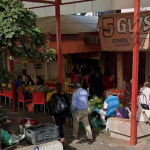
Cercano a 0.08 kms.

Cercano a 0.10 kms.
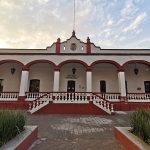
Cercano a 0.13 kms.
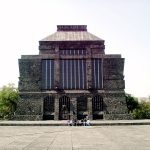
Pensado como una parte de la Ciudad de las Artes, el Museo Anahuacalli es un espacio mucho más contemporáneo de lo que puedas imaginar.
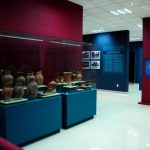
El reclamo profundo y significativo de Azcapotzalco por un lugar en la historia del Valle de México.
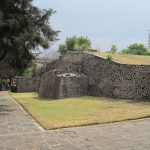
Uno de los sitios arqueológicos más nuevos de la ciudad, es uno de los santuarios más antiguos y profundos.

Una de las zonas arqueológicas más antiguas y significativas de la Ciudad de México.

Un museo, una de las únicas pirámides redondas del país y una historia profunda y extensa, Cuicuilco es un sitio imperdible.